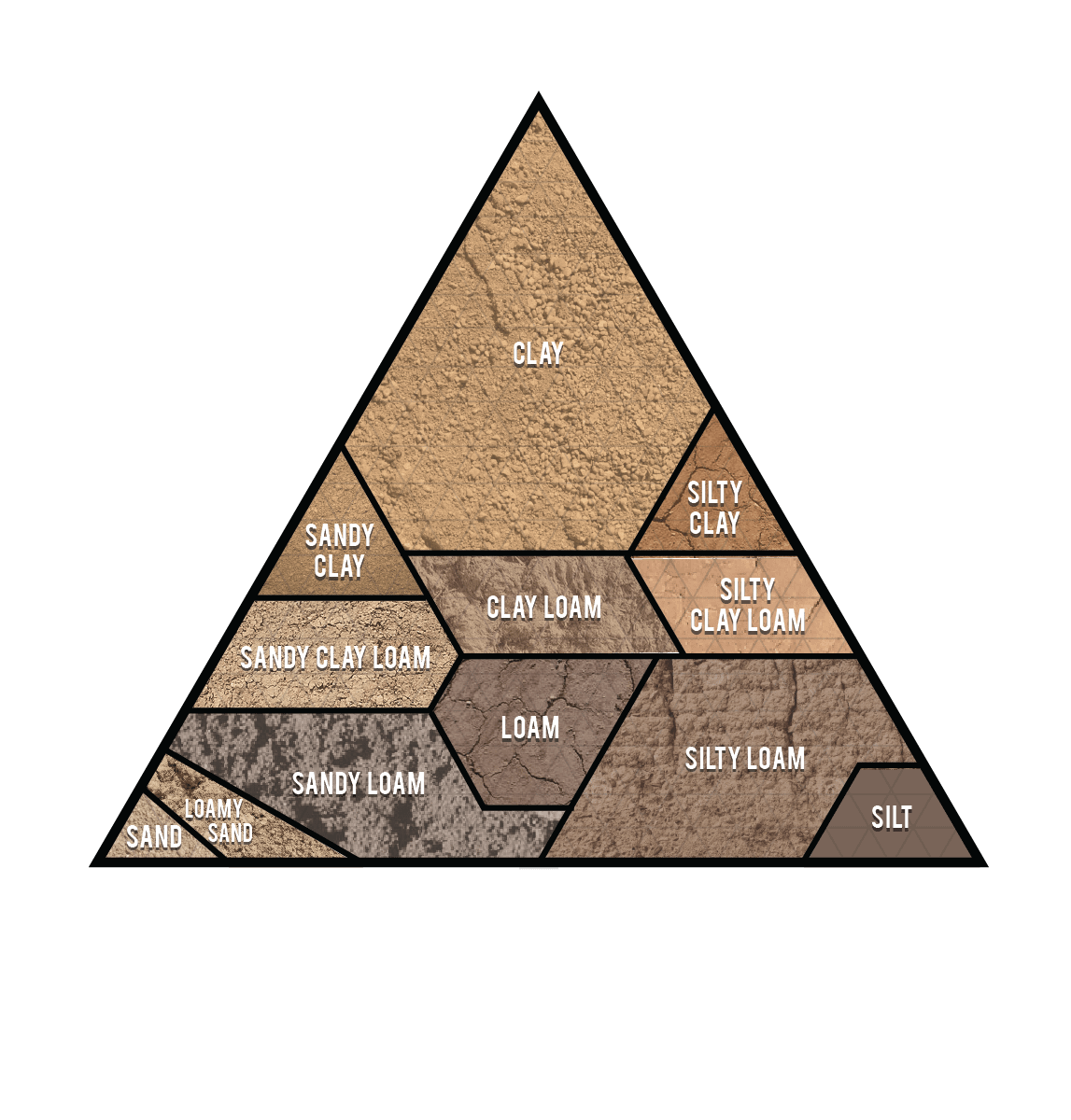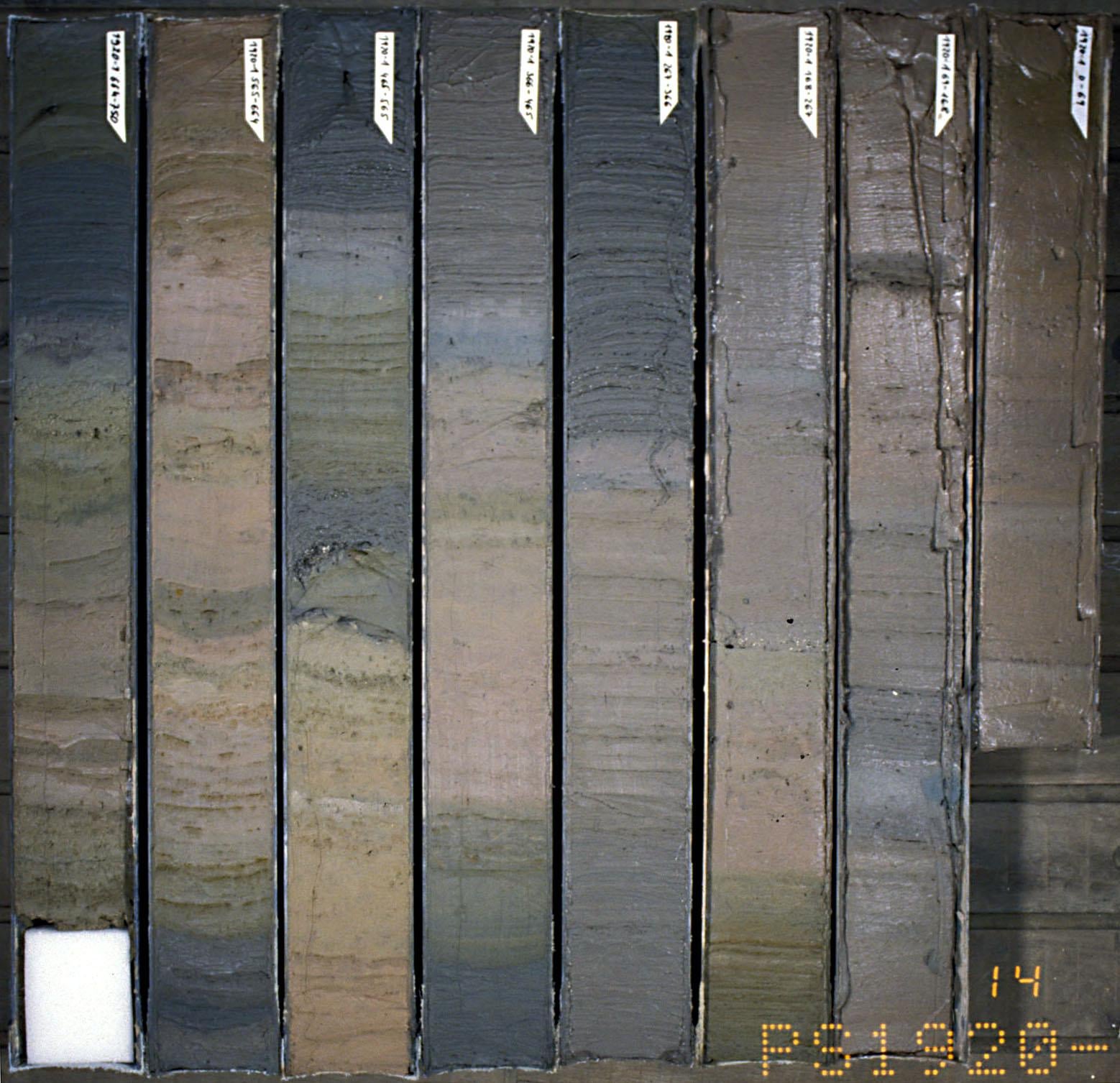I am no expert in soil science. Could some of you pros explain how this can happen? I have never seen prismatic structure IRL and I had always assumed if that occurs it could only happen on the A horizon?
Soil Science
Welcome to c/soilscience @ slrpunk.net!
A science based community to discuss and learn all things related to soils.

Notice Board
This is a work in progress, please don't mind the mess.
Subdisciplines of soil science include:
- Soil Taxonomy & mapping
- Soil Fertility & Organic Amendments
- Soil Chemistry & Remediation
- Soil Mineralogy
- Soil Physics
- Soil Biology
These subdisciplines are used by various other disciplines, particularly those related to reclamation, remediation, and agriculture.
Rules
- Don't throw mud. Be kind and remember the human.
- Keep it rooted (on topic).
- Please use a tag.
- No spam.
- Memes are welcome, but the focus of this community is science-based
Resources
Blogs
Careers
Chemistry
- Secondary and micronutrient availability by pH
- Secondary and micro nutrients availability by pH line graph
- Common Nutrient Deficiency Symptoms on Leaves Infographic
Classification
Maps & Datasets
Canada
- Canadian System of Soil Classificaiton
- 1982 Canadian Manual for Describing Soils in the Field
- Alberta Soil Quality Criteria Relative to Disturbance this one is widely used across Canada
- Best management practices for conservation of reclamation materials in the mineable oil sands region of Alberta - a good guide to basic reclamation and revegetation BMPs
Europe
- Agrifood Soilscapes (UK)
- Datasets from the BGS (UK)
- Datasets from the James Sutton Institute (UK)
- Scotland Environment Soil Maps
- Soil Atlas of Europe
- UK Geochemical Atlas
- UK Soil Observatory
United States
World
Soil Contamination:
- Cornell Guide to Testing Contaminated Soils
- CCME Soil Guidelines for Contaminants
- Wikipedia Lists of Hyperaccumulators for Bioremediation

Similar Communities
- !geology@lemmy.ca
- !geophysics@lemmy.ca
- !geologycareers@lemmy.ca
- !mining@lemmy.ca
- !openscience@lemmy.ml
- !reclamation@slrpnk.net
Sister Communities
Science and Research
Biology and Life Sciences
- !anthropology@mander.xyz
- !microbiology@mander.xyz
- !biodiversity@mander.xyz
- !palaeoecology@mander.xyz
- !palaeontology@mander.xyz
Plants and Gardening
Physical Sciences
Humanities and Social Sciences
- !archaeology@mander.xyz
- !cooking@mander.xyz
- !folklore@mander.xyz
- !history@mander.xyz
- !old_maps@mander.xyz
Memes
Find us on Reddit
In the A you usually get granular structure (if it's high in carbon, like mollisols/chernozems), or platy if it's an elvuiated A, like you would find in a spodzol/brunisol
In B horizons structure is caused by shrink-swell action in 2:1 clays. Water gets in the clay sheets and spreads them apart, and the sheets contract when they dry out. Freezing can also have an effect. Since a hexagon is the most efficient shape, you get prisms forming. Think I'd the Giant's Causeway - columnar basalt, but with much weaker and different forces.
You might ask how do I get structure in non-clay soils? Clay is in every texture almost but in different proportions. sandy loam has clay in it too, for instance
The platy structure in the A horizon I mention earlier forms from the B shrinking and swelling as well.
Thank you very much for this elaborate explanation! I was even aware of that clay part, since I know the grain size distribution "triangle"? I don't know, what this could be in English.
You're referring to the texture triangle.
But yes, all textures are just different ratios of the size fractions (sand 2 mm to 0.05 mm, silt 0.05 mm to 0.002 mm, clay <0.002 mm).
Not all clays will swell - kaolinite is a 1:1 clay for instance but 2:1 clays like montmorillonite will hydrate and swell to a greater degree.
Ah, yes texture triangle! Thank you for all the details. You seen to know your soils!
I would hope so! I hold a M.Sc. in soils and did 10 years of soil surveying
